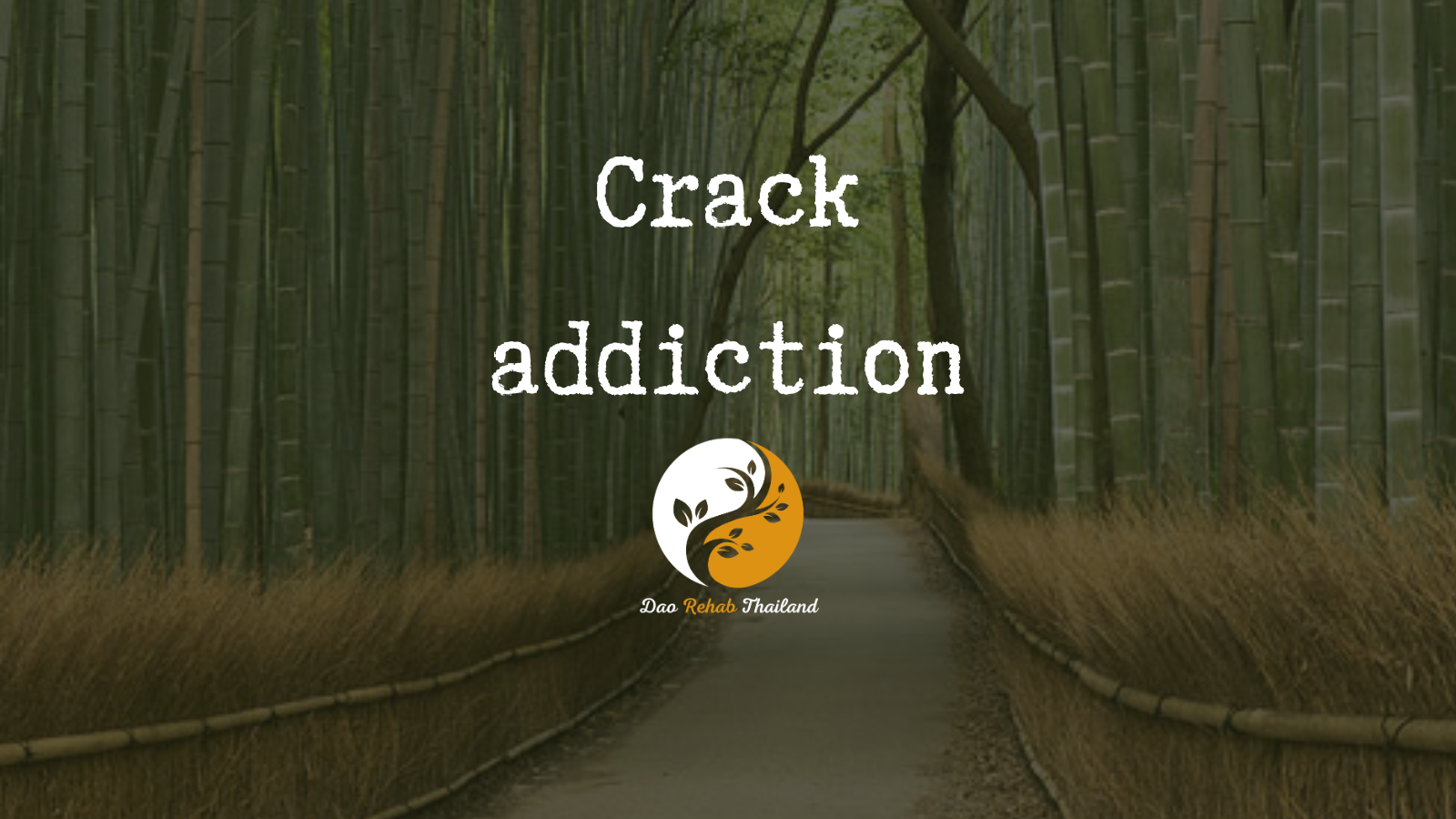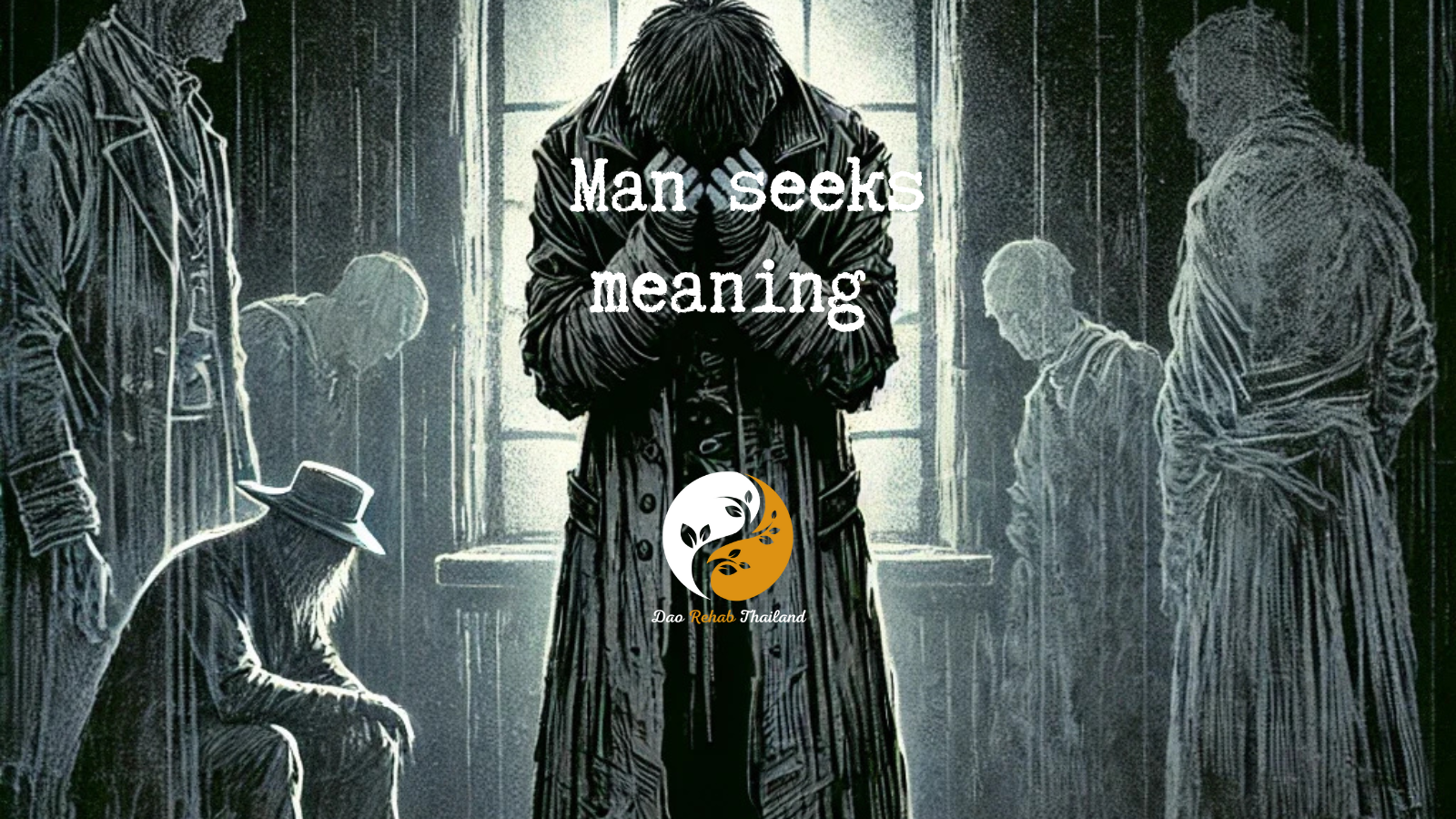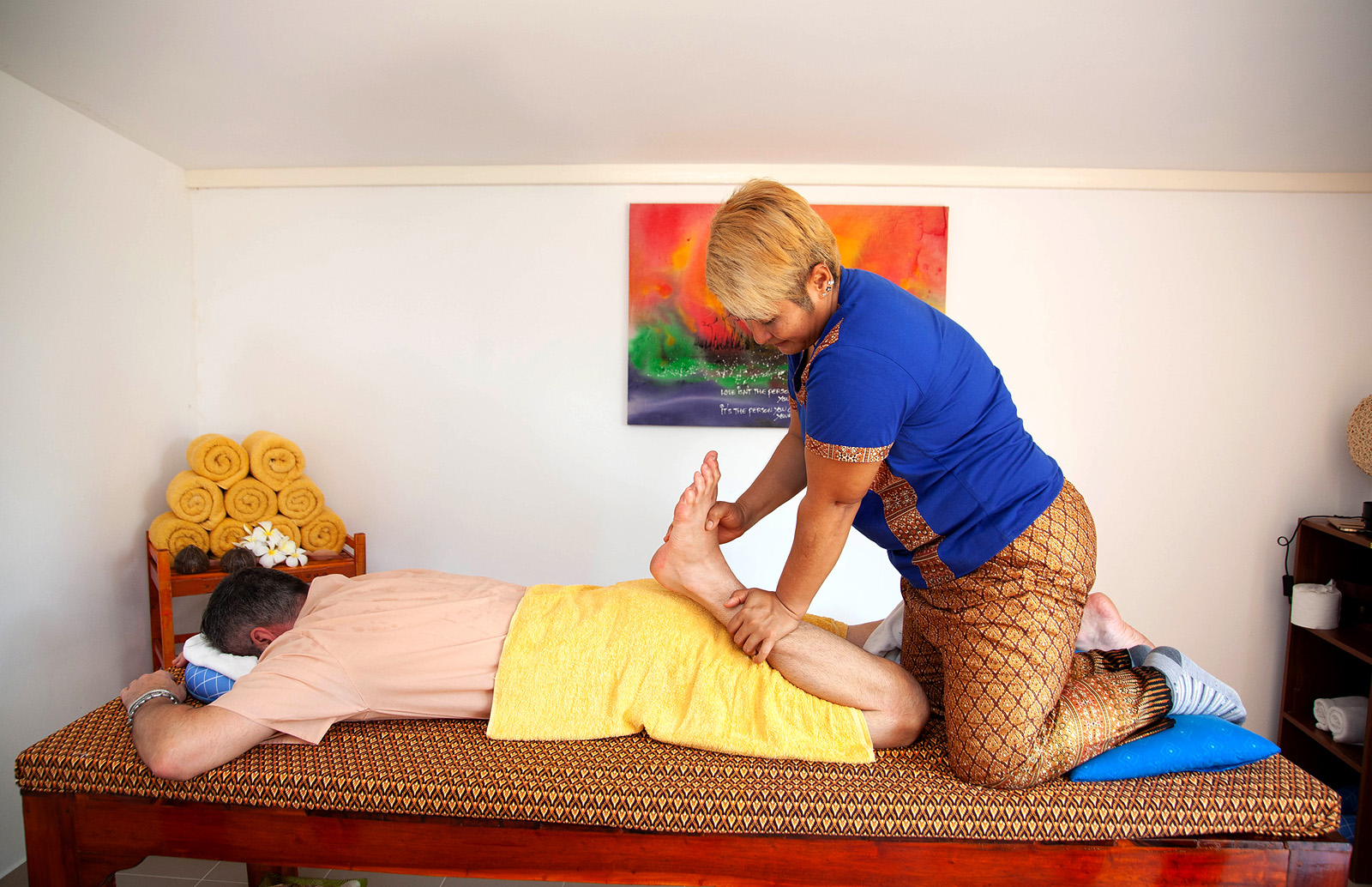
Crack addiction and Tretment in Thailand
Crack addiction
“Turning the impossible into possible”

"Detox from Crack at a Luxury Holistic Center in Thailand and Israel"

How to deal with Crack addiction
Crack addiction is a severe form of cocaine addiction involving a processed form of the drug meant for smoking. Crack produces a powerful but brief euphoria, which can lead to a strong urge for repeated use and the rapid development of dependence and addiction. Due to crack’s fast and intense effects, individuals may get caught in a cycle of consumption, resulting in destructive behavior and negative impacts on physical, mental, and social health.
"Holistic Center for Trauma, Addiction, and Mental Imbalance Treatment in Thailand"
“Come to the beginning of the journey to freedom from addiction to alcohol, drugs, and pills, and rediscover your life within the quiet embrace of DaoTherapy Rehab in Thailand—where holistic healing meets empowering recovery.”
DaoTherapy Holistic Rehab
Key Elements of CrackDetox:
Medical Supervision: Crack must be conducted under medical supervision, as the body may experience withdrawal symptoms. These can include nausea, anxiety, muscle aches, and insomnia. A medical team will monitor and manage these symptoms to ensure the patient’s safety and comfort.
Holistic Therapies:
Holistic Therapies: Many detox programs incorporate holistic therapies such as mindfulness, yoga, and meditation to help individuals cope with stress and anxiety during the detox process. These therapies support the mind-body connection and contribute to overall recovery.
Tapering Process
Tapering Process: Crackdetox often involves a gradual tapering of the drug to reduce withdrawal severity. Doctors will slowly decrease the dosage over time to allow the body to adjust to lower levels of the substance.
Psychological Support:
Psychological Support: Like any addiction recovery process, detox from Crack includes psychological support. This can involve counseling, therapy, or support groups to address the mental and emotional aspects of addiction.
Post-Detox Treatment:
Post-Detox Treatment: After completing detox, continuing treatment is crucial to prevent relapse. This often includes participation in ongoing therapy, group support, and the development of new coping strategies to maintain sobriety.
What is crack addiction?
- David’s story begins when he is introduced to crack by a roommate. The initial experience of smoking leaves him with an intense sense of euphoria, immediately ensnaring him in the clutches of addiction. This marks the beginning of a long 23-year journey, during which his life spirals to rock bottom. He loses his home, his family, and his self-respect. He finds himself homeless, sleeping in abandoned buildings, living a life of extreme poverty and hardship. The dark world of crack exposes him to prostitution, crime, violence, and death.
What is crack?
Cocaine is a well-known drug with a glamorous image, considered a high-priced “party drug” for the wealthy. However, in the 1980s, a new form of cocaine appeared in the United States—crack. Due to its low cost and wide availability, crack soon spread to many other countries, including Israel. What’s the difference between cocaine and crack? What are its effects, and how does one recover from it?
Crack is a derivative of cocaine made from “pure” cocaine mixed with various chemicals through a heating process. The result is a form of cocaine with very strong and fast-acting effects and an extremely high addiction potential. Unlike cocaine, which affects users for several hours, crack’s effect is different, delivering a shorter, more intense high. Additionally, crack is very inexpensive, with a corresponding image.
But David’s story doesn’t end in despair; there’s also a glimmer of hope. He reaches an ultimate low point, sitting alone in his apartment facing eviction, with no money, food, or support. In a moment of desperation, he cries out to God for help—and salvation arrives in the form of his parents, who offer him one last chance to recover.
This marks the beginning of David’s journey to healing. He is exposed to the message of God’s grace and makes the decision to get clean. The road isn’t easy—after a year, he experiences a setback but manages to recover and get back on track. He also works on childhood traumas and emotional wounds that served as fertile ground for his addiction. Eventually, with inner strength, support, and grace, he manages to break free from crack’s grip and build a new life.
David’s story is a powerful testimony that addiction can happen to anyone, yet recovery is always possible. It highlights the importance of support, faith, and determination in the battle against addiction. It also teaches compassion—toward ourselves and others struggling with addiction. Addiction is a disease, not a moral failing, and it can and should be treated by addressing its emotional roots and building a strong support network.
David’s journey is a moving reminder of the human capacity to change one’s fate, even from the depths of despair. It fills us with hope, touches our hearts, and most importantly, inspires us to pursue lives of freedom, wholeness, and meaning.

contact us
Contact us with your questions
We would love to speak with you! Feel free to reach out with any questions.

get in touch
Schedule a free consultation
Schedule a free consultation with our team and let’s make things happen!
David’s Story and His Crack Addiction
David and the Fight for Life: A Personal Story of Addiction and Recovery
Introduction: First Encounter with the Demon:
Crack addiction can be devastating and life-altering, as evidenced by David’s personal story, a former addict for 23 years. He first encounters crack through a roommate, and this experience reshapes his life. The immediate pleasure and intense euphoria of smoking soon turn into a consuming craving that overtakes every aspect of his life. David falls under the dark spell of crack, and thus begins a slow but inevitable descent into a terrifying abyss.
Chapter 1: Life Falling Apart
As David’s addiction deepens, his life crumbles around him. He loses control over his impulses, his relationships, and his basic ability to function as a human being. His job, family, friends—everything that once held meaning—is shattered under the relentless wheels of addiction. He finds himself homeless, wandering the streets, sleeping in abandoned, dark places. Life becomes a constant struggle for survival, with every thought and action solely directed toward securing the next hit. It’s a dark, lonely existence filled with suffering, but David is too deeply trapped to break free.
Chapter 2: Into the Abyss
In the whirlwind of addiction, David encounters the ugliest and most dangerous sides of the world. He sinks into a distorted reality of crime, violence, and exploitation. To obtain the drug, he’s willing to resort to any trick and endure any humiliation. He meets broken people who have lost all semblance of humanity and experiences firsthand the devastating effects of addiction. Scenes of paranoia, hallucinations, and loss of control become part of the daily routine within crack circles. David lives in a hell on earth, but the longing for the drug overpowers any logic or desire for change.
Chapter 3: Breaking Point:
Finally, after more than two decades of addiction, David reaches rock bottom. He finds himself dying in a neglected apartment, facing eviction, without a penny or any support. In a moment of painful clarity, he realizes he has lost everything—himself, his identity, his reason for living. From the depths of despair, he cries out to God, pleading for help and salvation. As if by miracle, his prayer is answered. His parents appear as rescuing angels, giving him one last chance to break free. It is at this moment that David understands he has reached the edge, and a dramatic change must happen. This is the wake-up call that will change his life.
Chapter 4: The Path of Hope:
With his parents’ help, David begins his journey to recovery. He is exposed to spiritual messages of grace and salvation, which touch him deeply. He calls out to God and feels His healing presence. The path is difficult and full of obstacles—after a year, he even experiences a relapse—but his commitment to recovery is firm and strong as a rock. David understands that he must confront not only the addiction itself but also the emotional roots that fueled it. Gradually, he uncovers childhood traumas, wounds, and pain that he had repressed for so long. He learns to rediscover himself, to develop compassion and forgiveness, to rebuild shattered relationships. Step by step, day by day, he builds a new life filled with meaning and happiness.
Chapter 5: The Lesson and the Message:
David’s addiction is a chilling testament to the destructive power of crack addiction, but it is also an inspiring example of the transformative power of recovery. It teaches us that no one is immune to addiction—it can affect anyone, regardless of religion, race, gender, or status. It also reminds us that addiction is a disease, not a moral failure—and as such, it can and should be treated with compassion, empathy, and support. David’s personal story highlights the importance of addressing the emotional roots of addiction and building a strong support network. It brings hope by showing that even from the depths of darkness, one can find the way to light, with faith, determination, and hard inner work.
Conclusion: Addiction and Humanity:
In the end, David’s story is a story about addiction, but even more, it’s a story about humanity. It’s a turbulent journey through the depths of the human soul, about its fragility and strength, its capacity to fall to the lowest depths but also to rise above any obstacle. It’s a story of self-discovery, pain and redemption, despair and hope. In its simplicity and honesty, it touches each and every one of us, connecting us to the shared human experience. Like David, we are all both fragile and strong. We can all stumble, yet we always have the power to rise, heal, and grow. It’s a message of profound inspiration for anyone struggling with addiction or any other challenge in life. It’s a message that says—there is hope. There is always hope.
Key Insights
1. The Power of Addiction: David’s story illustrates the profound and destructive grip of crack addiction. It serves as a stark reminder of how quickly one can lose control over their life when consumed by such a powerful substance.
2. Human Fragility and Resilience: Despite his descent into darkness, David’s journey also reveals the inherent resilience within the human spirit. His ability to overcome two decades of addiction demonstrates that recovery, no matter how difficult, is achievable.
3. The Importance of Support Systems: Family support plays a pivotal role in David’s recovery. His parents’ unwavering belief in him and their willingness to give him a final chance at redemption underscore the importance of a strong support network.
4. Spiritual Awakening and Inner Strength: Spirituality emerges as a powerful tool in David’s journey. His connection with faith and the messages of grace and forgiveness provide him with inner strength, helping him face the emotional pain that contributed to his addiction.
5. Addiction as a Disease, Not a Moral Failure: David’s story underscores that addiction is a disease rather than a moral failing. It calls for empathy, understanding, and treatment, emphasizing the need to address the underlying emotional wounds that fuel addiction.
6. Hope as a Universal Message: At its core, David’s journey is a testament to hope. It inspires others struggling with addiction by showing that recovery is possible, that even from the deepest despair, one can rise, heal, and lead a life of meaning.
7. Compassion and Self-Acceptance: David’s recovery also highlights the importance of self-compassion. Through self-forgiveness and confronting past traumas, he learns to rebuild his life, proving that healing often starts within.
These insights encourage a compassionate approach to addiction, one that acknowledges the complexities of human suffering while recognizing the boundless potential for personal growth and transformation.








